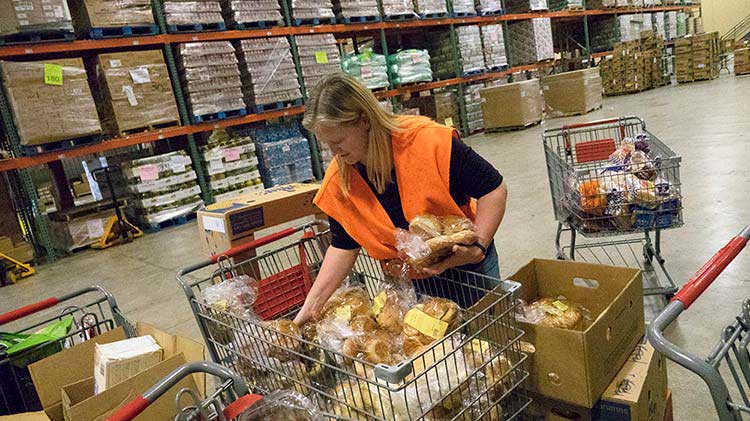Volunteering at a school
Volunteers in schools are an integral part of helping students and teachers and building stronger communities. There are countless ways for you to give back, starting today.
For millions of elementary, middle and high school students, volunteers play a crucial role. No longer confined to bake sales and PTA meetings, adults who give their time to schools may coach a sports team, sew a drama costume, set up a computer lab or provide mentorship for a high schooler searching for a career path.
For adults wary of becoming volunteers in schools, it's important to note that there's nothing traditional about opportunities to give back. Some people lend an hour every week to read to elementary school students. Others sign up for a once-a-year review of a senior project. Some may simply donate needed supplies while others spearhead fundraising events.
Here's what you need to know about the need for volunteers at schools and the ways that you can contribute.
Need for volunteers
As of 2020 in the U.S. there were 130,930 recorded K-12 schools with the average population of 2,618 schools per state. The national average student to teacher ratio in public schools is 15:1 and varies by state. Less funding is requiring schools to look for solutions such as creating bigger classes with fewer teachers and looking for more classroom volunteers.
Classroom and school volunteer ideas
- Tutoring
- Mentoring such as a teen mentor or reading mentor
- Classroom or library helper
- Organizing fundraising activities
- Monitoring the playground or lunchroom
- Sharing your field of expertise with a class or on career day
- Assisting with administrative needs or helping with grant proposals
- Helping with concessions or musical productions
- Establishing a club or workshop in your area of expertise
- Creating bulletin boards
- Collecting school supplies or books
Steps to start volunteering
- Discuss your interest with the principal during an open house
- During student/teacher conferences, ask the teacher how you can help
- Attend a board meeting to learn if there are areas needing assistance
- Contact organizations like the PTA
- Complete necessary paperwork
- Meet who you’ll be helping
- Enjoy your time
Determine your availability
It’s important to determine how much time you are able to designate to volunteering. Make sure to start small, don’t overcommit and get burned out.
- Give 1 hour a week:
- Assist with an art project.
- Guide a writing club.
- Give 1 hour a month:
- Help students with research.
- Mentor a student in your profession.
- Guide a science experiment.
- Give 1 hour a year:
- Speak at career days.
- Keep score at a soccer game or guide a PE class.
- Chaperone a field trip.
- Create a school pantry for families in need.
Benefits of volunteering in schools
There are many benefits for parent volunteers in the classroom. The parent volunteer can engage with teachers and administration to gain a better understanding of the day-to-day activities their child experiences. Volunteering also allows the parent to spend more time with their child and show them that their education is important. And it’s an opportunity to encourage all students to develop learning, studying and test taking skills to improve academic performance.




